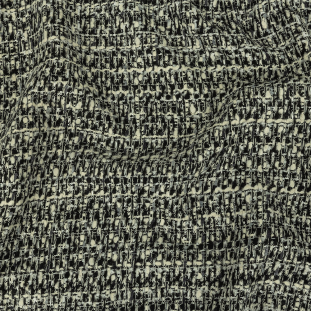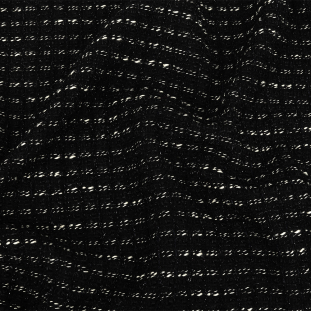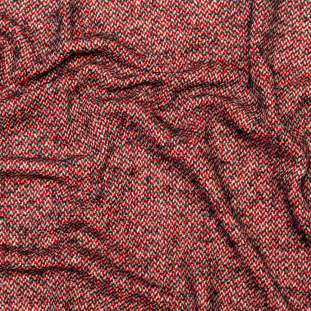Deadstock
Discover these drop dead gorgeous fabrics, trims, and buttons with limited stock—Shop now before they’re gone forever! Deadstock is surplus material from a mill’s production run. Purchasing deadstock prevents these fabulous, limited-stock items from being sent to landfills, making them a more sustainable option. Keep in mind—once they’re gone, they’re gone!
Discover these drop dead gorgeous fabrics, trims, and buttons with limited stock—Shop now before they’re gone forever! Deadstock is surplus material from a mill’s production run. Purchasing deadstock prevents these fabulous, limited-stock items from being sent to landfills, making them a more sustainable option. Keep in mind—once they’re gone, they’re gone!
What is the Difference Between Regular Wool and Wool Tweed?
Wool is an all-encompassing fabric category and wool tweed fabric is a specific type of wool. It can be distinguished from regular wool by its woven pattern, as wool tweed fabrics all feature a twill, herringbone, checkered, or similar pattern.
What Seasons Are Ideal for Wearing Wool Tweed?
Because it is thick, coarse, and a great insulator, wool tweed fabric is ideal for the winter season and colder months.
Advantages of Wool Tweed Fabric:
- It is extremely durable and damage-resistant
- Soft and flexible to work with
- Holds structure well
- It’s a weather-resistant fabric
How to Best Work with Wool Tweed Fabric:
- Be sure to cut pattern pieces in the same direction due to the woven pattern
- Allow the fabric to settle after cutting pattern pieces before sewing
- As wool tweed fabric can be rough, you’ll want to line it with another fabric against the skin, such as silk or rayon
Supplies You May Need:



 Earned
Earned 










